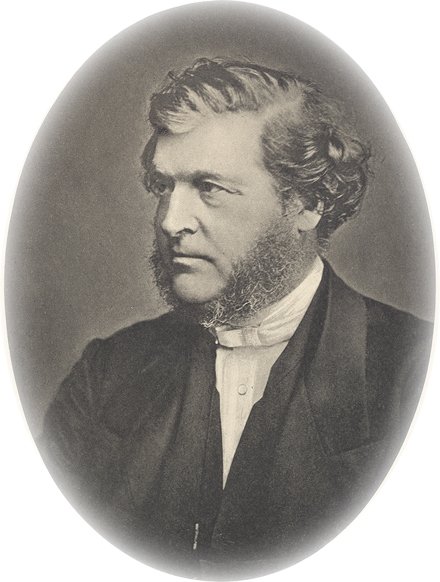One of the greatest complaints about Gail Riplinger's books is that they are in need of an editor. Harzardous Materials, weighing in at over 1200 pages, definitely so. There are just pages and pages of irrelevant material. I have my copy back, and hope to present some of the irrelevant material and blunders to show how it is possible to write a book on the subject of textual criticism without knowing anything to speak of about it!
On Pp. 1051-1058 of the great brick of a book called Hazardous Materials (hereafter HazMat), Gail Riplinger plays advocate for the Shapira Strips. These strips of leather, purporting to be ancient fragments of the Book of Deuteronomy, were discovered in 1883, and immediately announced as genuine ancient manuscripts. The text was written in an ancient style, corresponding to the alphabet found on the Moabite Stone. Moses Shapira, an antiquities dealer, declared that they dated from around the 9th century BC. While the strips were announced with a journalistic fanfare, doubts soon began to emerge about their authenticity. Several scholars, including C.D. Ginsberg, announced their doubts, and finally the strips were declared to be a fraud, written in an ancient script, but in modern times. In other words, the whoe thing bears some resemblance to the case of the "James Ossuary".
Gail Riplinger writes:
“Examination revealed that the strips contained certain dating elements (words and orthography) which would prove that Moses was their author. This evidence could fracture the entire higher critical movement…” (P. 1052). The strips were declared to be fraudulent, and Shapira committed suicide, Riplinger suggests that he could in fact have been murdered (P. 1057).
What Riplinger is apparently unaware of is the character of the Shapira strips and the text they contained. Frederic Kenyon of the British Museum was aware of this, and he writes:
“The contents were striking enough. They purported to be portions of the Book of Deuteronomy, but with many remarkable variations. To the Ten Commandments was added an eleventh, and the language of the others was altered and amplified. In these strips of leather there was enough to cast doubt on the whole of the received text of the Old Testament” Our Bible and the Ancient Manuscripts (London, Eyre and Spottiswoode, 1898), P. 43.
Please note this fact. If the Shapira strips were indeed “The world’s oldest Scriptures” (HazMat P. 1051), then they differ significantly from the text we have today. Far from showing that the Hebrew text has been wonderfully preserved, they would give the impression that it had been significantly altered in the course of the two millennia between the purported date of the Shapira Strips and the date of what, at the time of their discovery, was the oldest known manuscript of Deuteronomy. Gail Riplinger claims to uphold the “received text of the Old Testament”, does she really want to lend her support to a disputed text that casts doubt on “the whole” of that text? I think not. So we have another 7 pages of HazMat that are completely irrelevant.
I have sent this information to Riplinger via AV Publications, because I am sure that she was unaware of the actual character of the text of the strips. So chalk this one up to bad research by Mrs. Riplinger, not malice.
Subscribe to:
Post Comments (Atom)

No comments:
Post a Comment